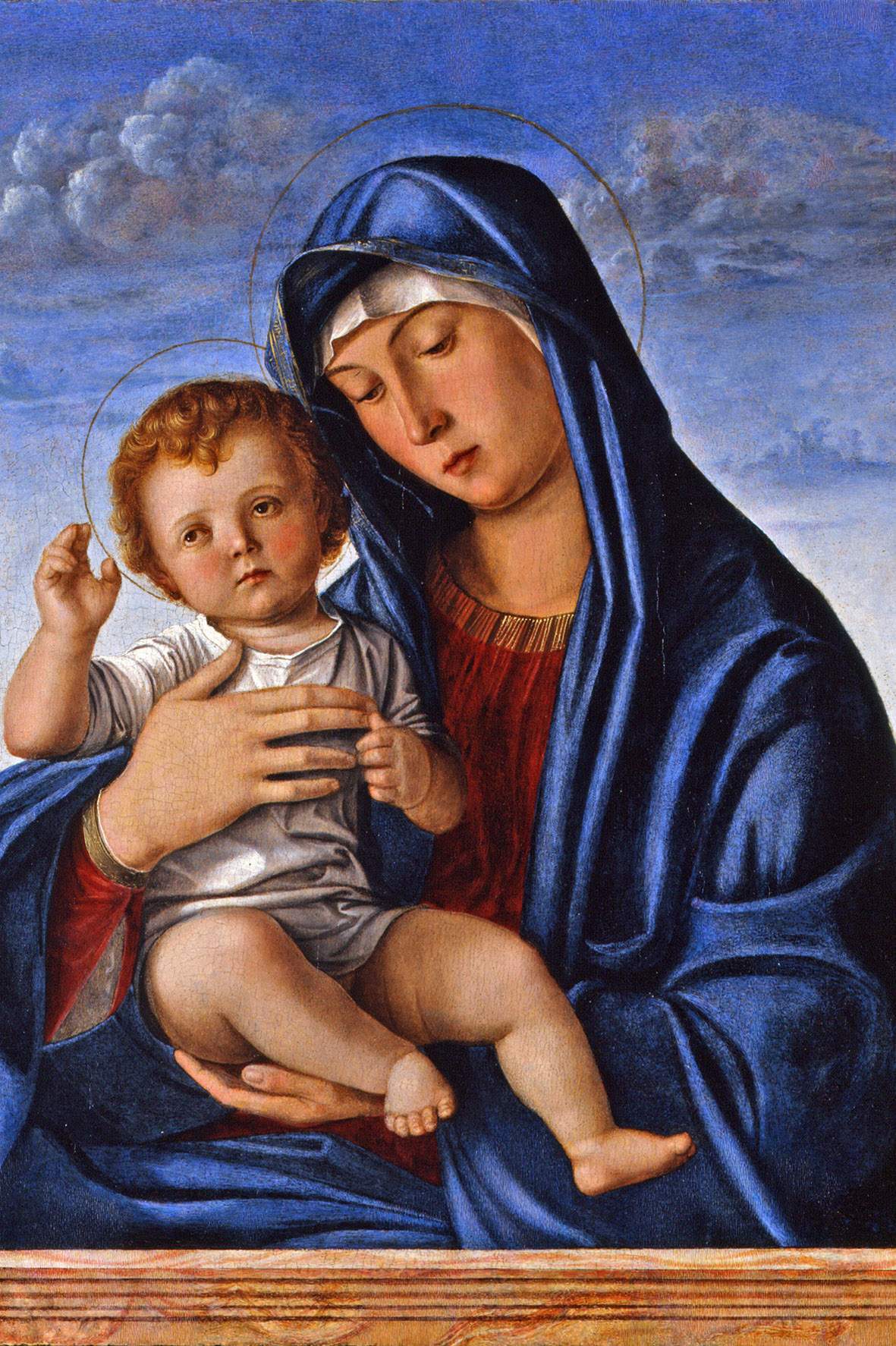In Treviso, the Pinacoteca of the Museo Santa Caterina reopens to the public.
The reopening of the Pinacoteca Civica del Museo Santa Caterina in Treviso is set for February 24, 2018: it is one of the oldest cultural institutions in the city, even dating back to a period before the Unification of Italy, since it was founded in 1851. The public will have the opportunity to see the new arrangement of the works, articulated in the spaces of the long sleeve, on which the rooms that house the works open (they were once the rooms inhabited by the friars of the convent of Santa Caterina). For the museological project, which bears the signatures of Andrea Bellieni, Enrica Cozzi, Emilio Lippi, Maria Elisabetta Gerhardinger, Eugenio Manzato and Sergio Marinelli and which was concretized by Studiomas architects (Marco Rapposelli and Piero Puggina), both the aesthetic impact and the most up-to-date models in terms of usability, lighting, captions, and installations were taken into account.
An itinerary in chronological order was chosen, from the Middle Ages to the 18th century: there are about 150 works that the public will be able to admire, closely linked to the territory (many of them come from donations that collectors from Treviso and the surrounding area have left to the museum). The tour opens with frescoes and wall paintings detached from later destroyed Treviso dwellings, palaces and churches that offer a glimpse of the urbs picta, the painted city that was once Treviso and partially survives. These include the Stories of St. Ursula by Tommaso da Modena, and the fresco with the Stories of Otinel, a very rare example of a chanson de geste in the Franco-Venetian language illustrated on one wall. Among the 15th- and 16th-century masterpieces, visitors will find a Madonna and Child by Gentile da Fabriano, an artist active in the city, as well as works by Dario da Treviso, a local artist who looked to Squarcione and Mantegna, and also Cima da Conegliano, Giovanni Bellini, Lorenzo Lotto, Francesco Pagani, and Pier Maria Pennacchi. The late sixteenth century and Mannerism, on the other hand, are represented by altarpieces by Paris Bordon and Jacopo Bassano and the portrait gallery, where a work by Titian is also included.
Then we come to the art of the seventeenth and eighteenth centuries: in the rooms the public will find works never previously exhibited and masterpieces by great artists such as Francesco Guardi, Rosalba Carriera, Giambattista Tiepolo, Giandomenico Tiepolo and Giovanni Marchiori. There is also a room in which a Wunderkammer, a 17th-century wonder room where curious objects and rarities are displayed.
“With this rearrangement,” the presentation reads, “the reorganization of the Santa Caterina complex is completed, enhancing the museum function of the former convent. Thus an authentic jewel is restored to full use, a treasure chest of masterpieces finally offered to the public and a fundamental pole of the city’s museum system, which in the Luigi Bailo Museum has its other major structure, dedicated to the art of the 19th and 20th centuries.”
Image: Giovanni Bellini, Madonna and Child (c. 1470-1490; tempera on panel, 64.5 x 50.5 cm; Treviso, Museo Santa Caterina, Pinacoteca Civica)
 |
| In Treviso, the Pinacoteca of the Museo Santa Caterina reopens to the public. |
Warning: the translation into English of the original Italian article was created using automatic tools. We undertake to review all articles, but we do not guarantee the total absence of inaccuracies in the translation due to the program. You can find the original by clicking on the ITA button. If you find any mistake,please contact us.



























